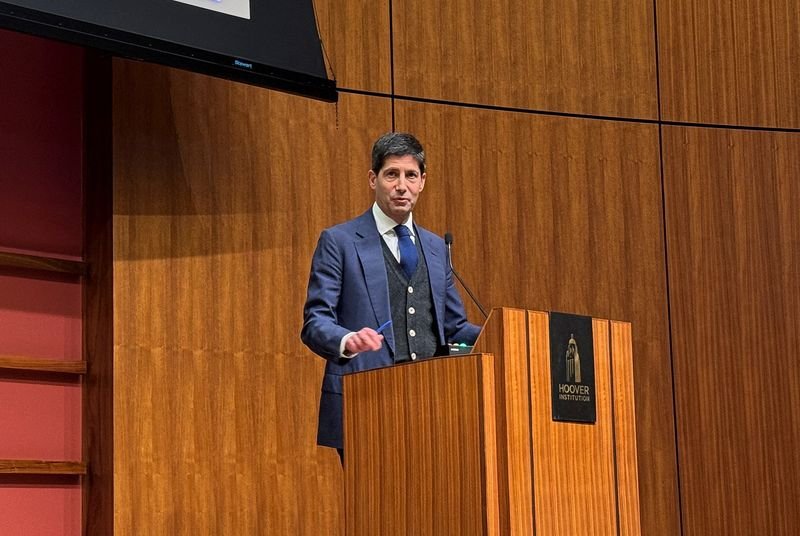Former Fed Governor Warsh Calls for New Agreement Between Treasury and Central Bank
Introduction to the Need for Collaboration
In recent discussions, former Federal Reserve Governor Kevin Warsh has emphasized the importance of a new agreement between the U.S. Treasury and the central bank. As global financial dynamics evolve, effective collaboration becomes crucial to ensure economic stability and confidence in financial institutions.
Current Economic Landscape
The U.S. economy is facing a multitude of challenges, including fluctuating inflation rates, shifting interest rates, and the potential for economic slowdowns. In such an environment, it is essential for both the Treasury and the central bank to strategize collaboratively. Warsh argues that a formalized framework could vastly improve communication and coordination between these pivotal institutions.
The Role of the Treasury and the Federal Reserve
The U.S. Treasury, responsible for managing the country’s finances, plays a vital role in issuing government bonds and overseeing fiscal policy. Meanwhile, the Federal Reserve focuses on monetary policy, impacting interest rates and money supply. When these two entities operate in sync, they can better respond to economic fluctuations and challenges.
Importance of a New Accord
Warsh outlines several reasons why a new accord is necessary.
Financial Stability: Enhanced cooperation can mitigate the risks of financial instability. By having clear guidelines and shared objectives, both institutions can respond more effectively to economic crises.
Policy Alignment: Aligning fiscal and monetary policies can lead to more consistent and reliable economic outcomes. This ensures that strategies from both the Treasury and the Fed do not counteract each other.
- Market Confidence: When both the Treasury and the Fed present a united front, it instills greater confidence among investors and the public. This confidence is crucial for maintaining stability in financial markets.
Historical Context
Historically, the relationship between the Treasury and the Federal Reserve has had its successes and challenges. During periods of crisis, such as the 2008 financial meltdown, the need for close collaboration became apparent. A new agreement, as proposed by Warsh, could build on lessons learned from past experiences.
Potential Benefits of the Accord
The proposed accord could offer a range of benefits:
Greater Transparency: With established communication channels, both institutions can provide clearer guidance to the markets. This transparency is vital for investment decisions and economic planning.
Proactive Measures: A formal agreement would allow for proactive measures to be taken in anticipation of economic downturns or financial crises.
- Shared Objectives: Establishing shared objectives means both entities can work towards common goals, reducing the chances of policy conflict.
Challenges to Implementation
While the idea of a new accord is promising, there are challenges to consider.
Political Influence: The Treasury operates under the Department of the Treasury, which is subject to political pressures. Maintaining independence while fostering cooperation with the Fed can be difficult.
- Diverging Objectives: The goals of fiscal policy and monetary policy may not always align. Finding a middle ground that satisfies both parties is essential for a successful agreement.
Moving Forward
As the U.S. navigates its economic future, the insights of experienced figures like Warsh can guide essential discussions. A new accord between the Treasury and the Federal Reserve may not only strengthen their relationship but also enhance the nation’s overall economic resilience.
Conclusion
The call for a renewed partnership between the Treasury and the central bank underscores the evolving landscape of U.S. finance. By addressing past challenges and emphasizing collaboration, both institutions can better position themselves to respond to future economic scenarios.
